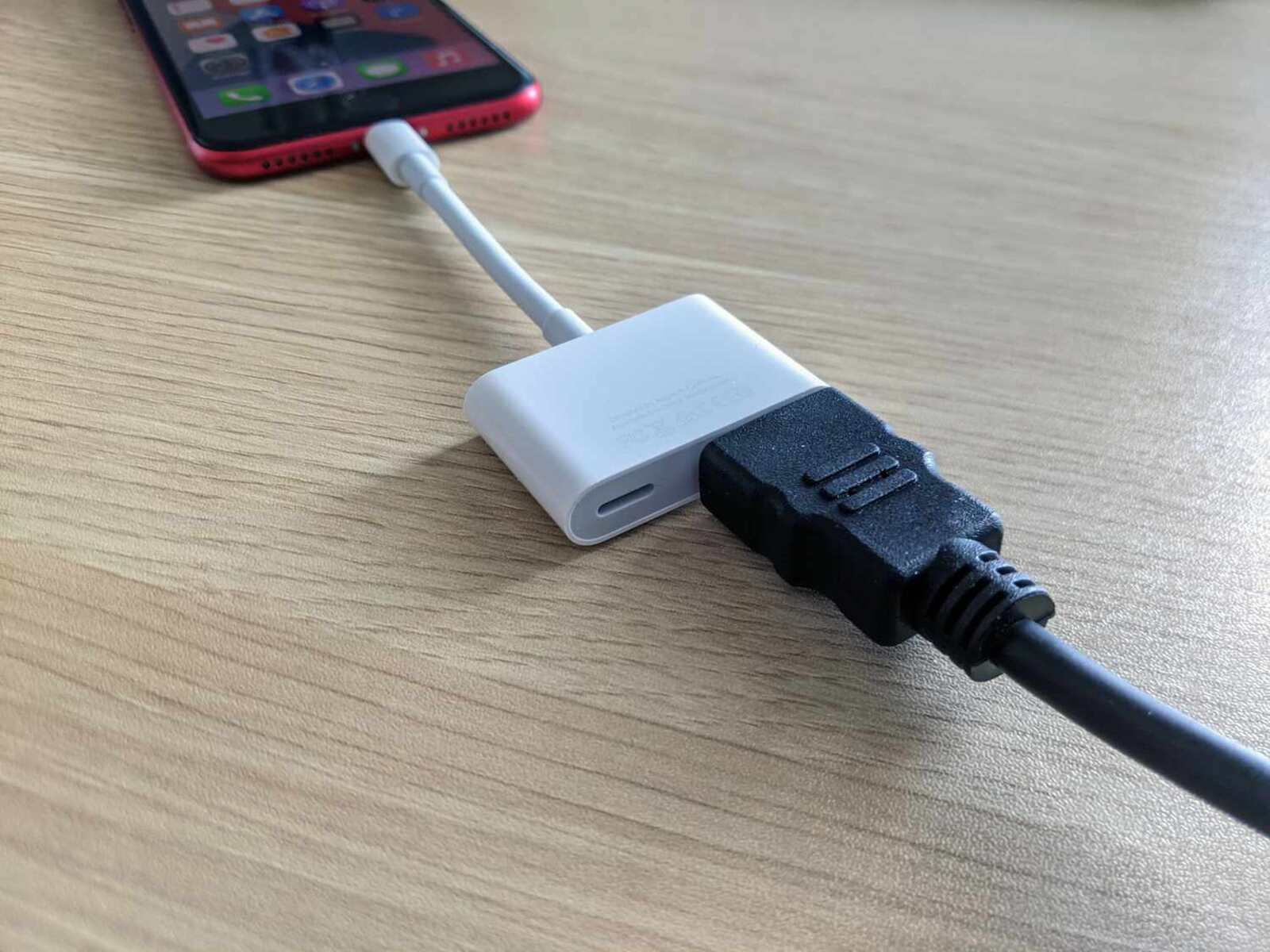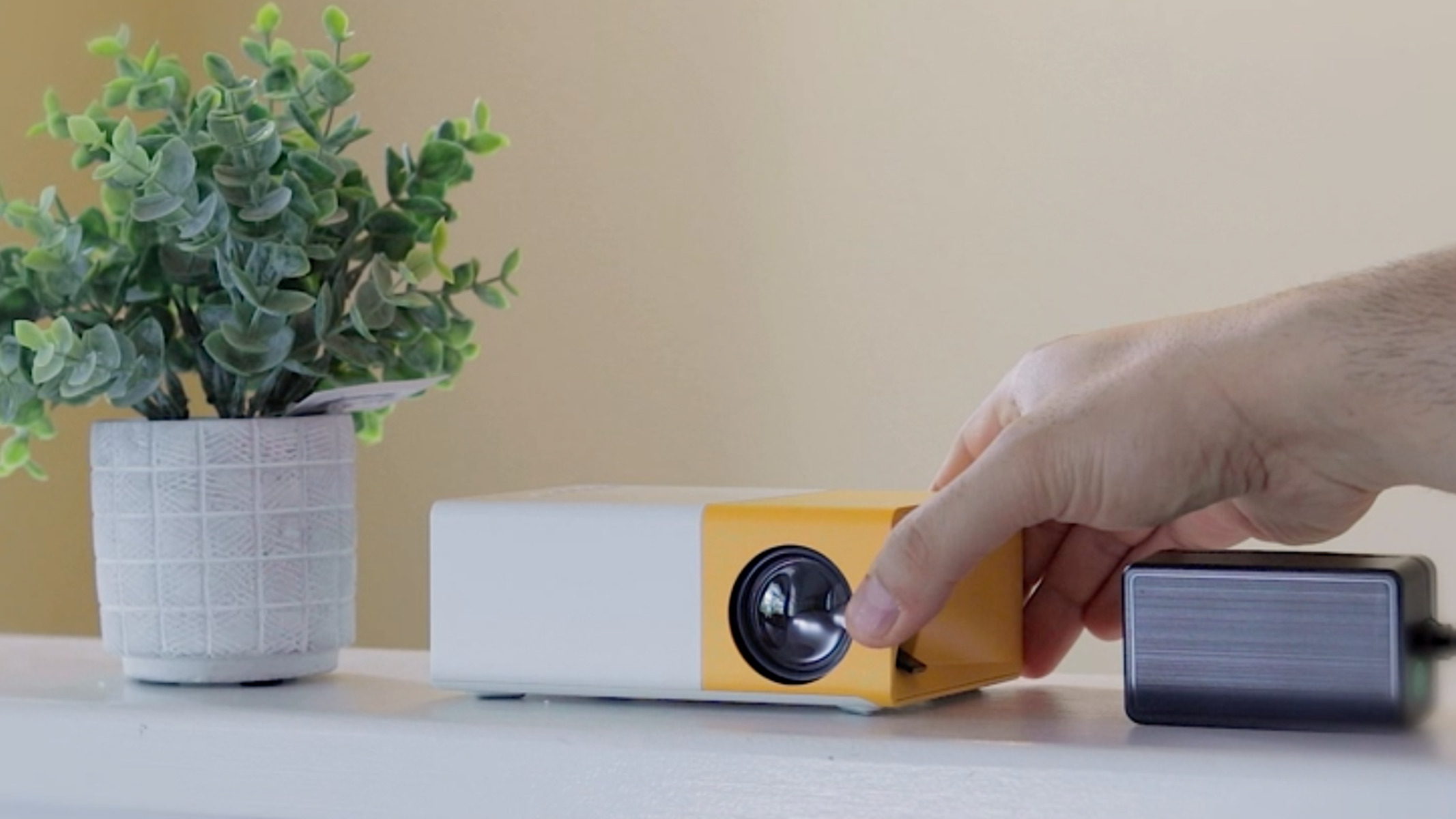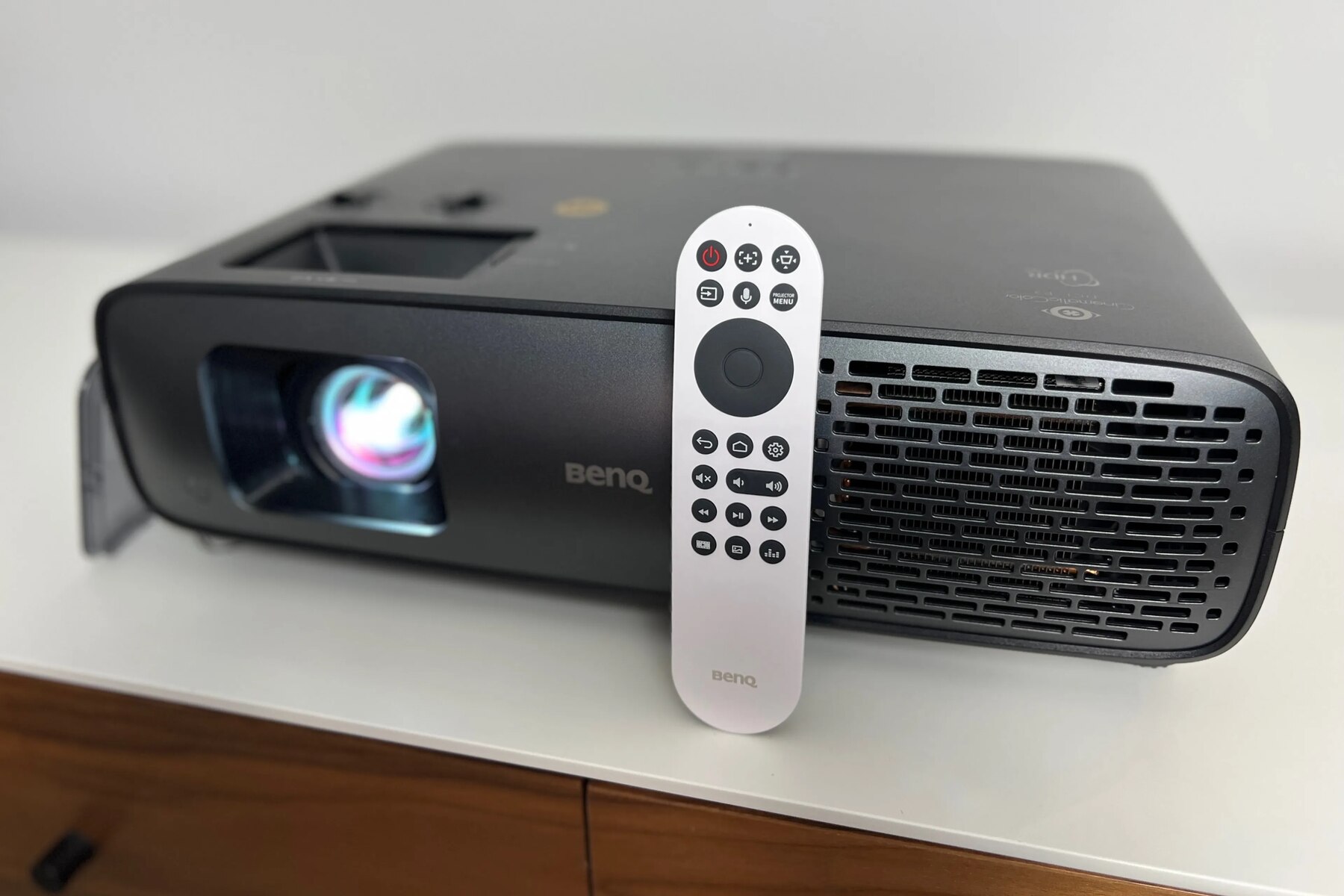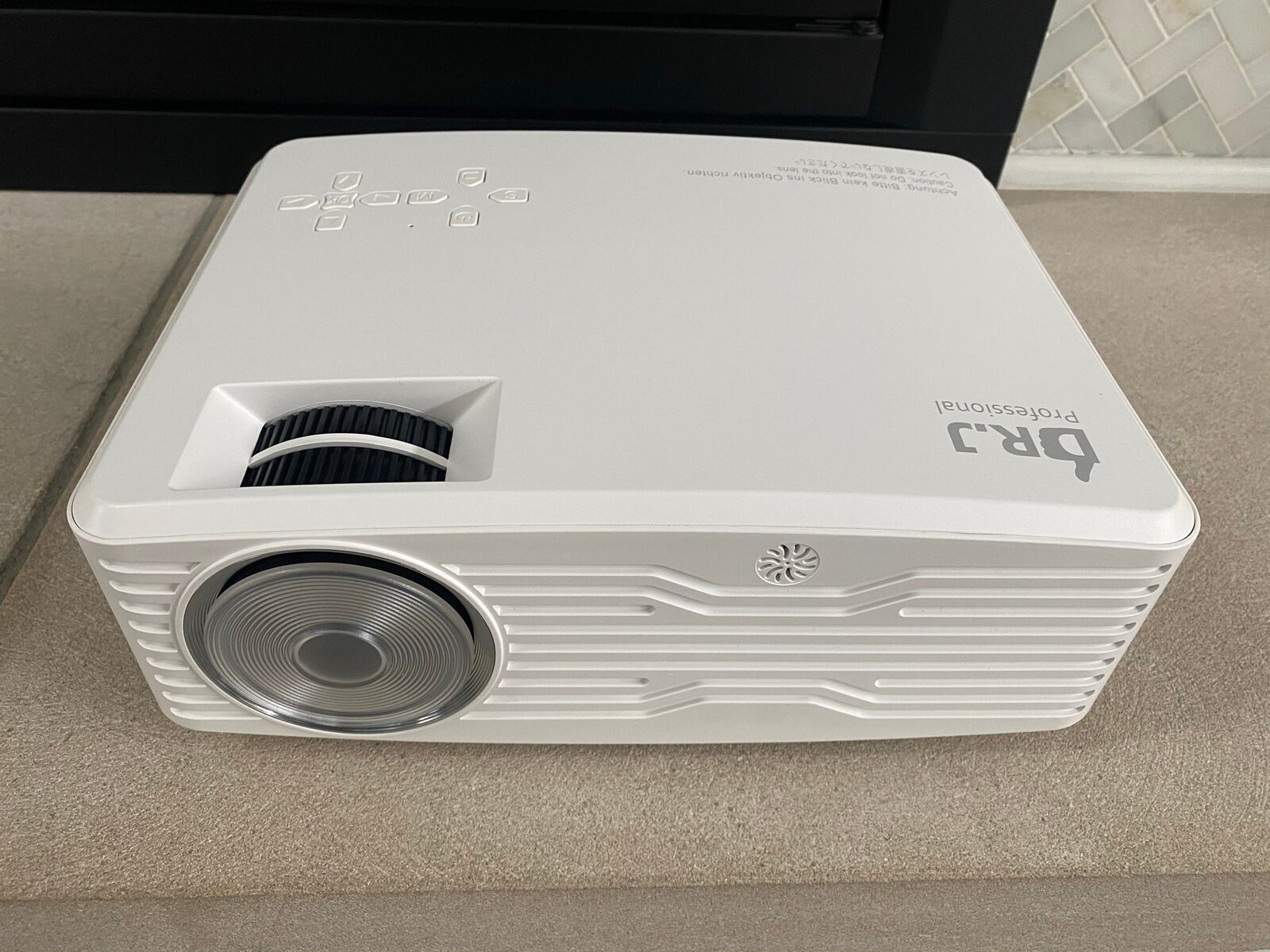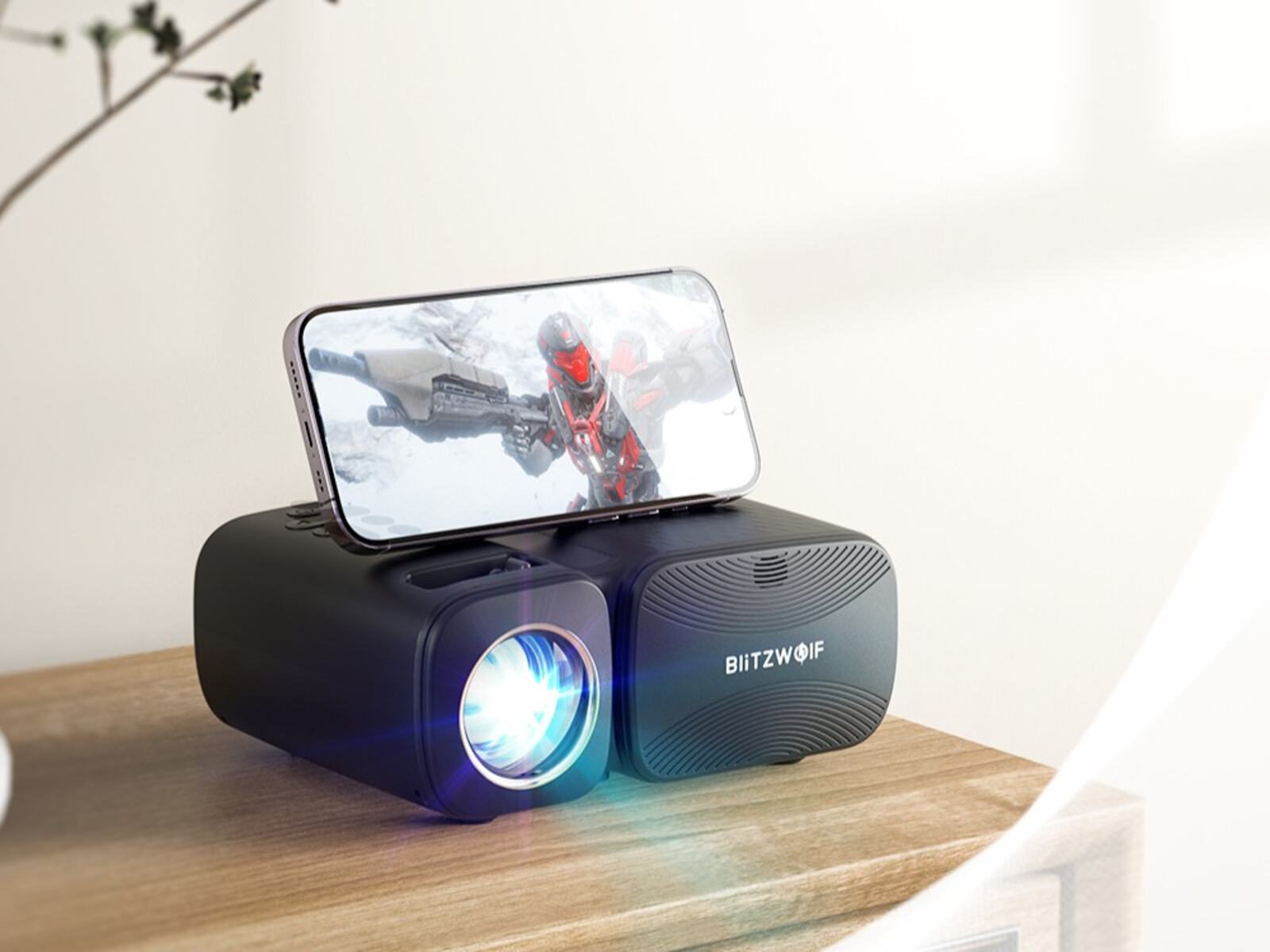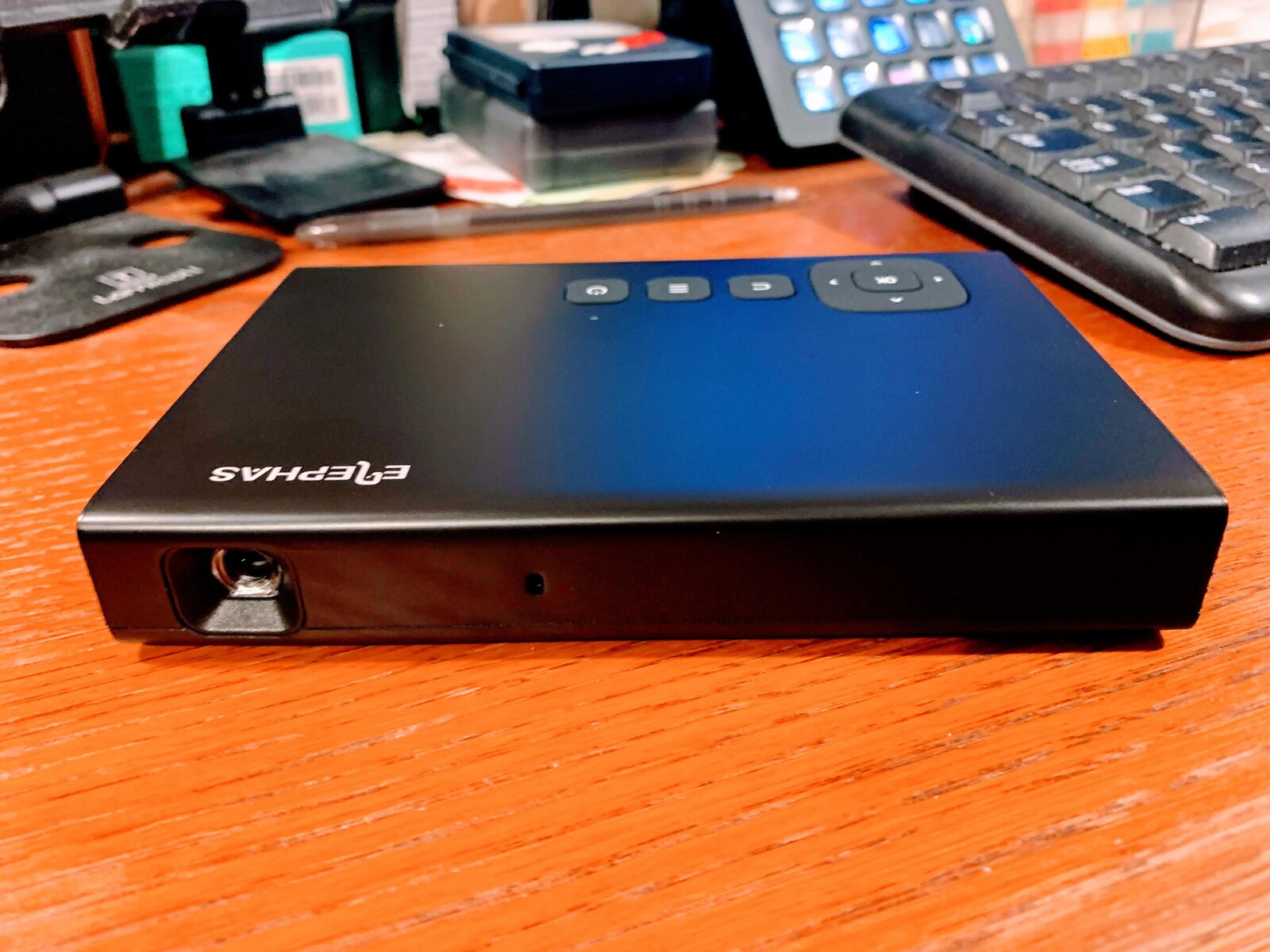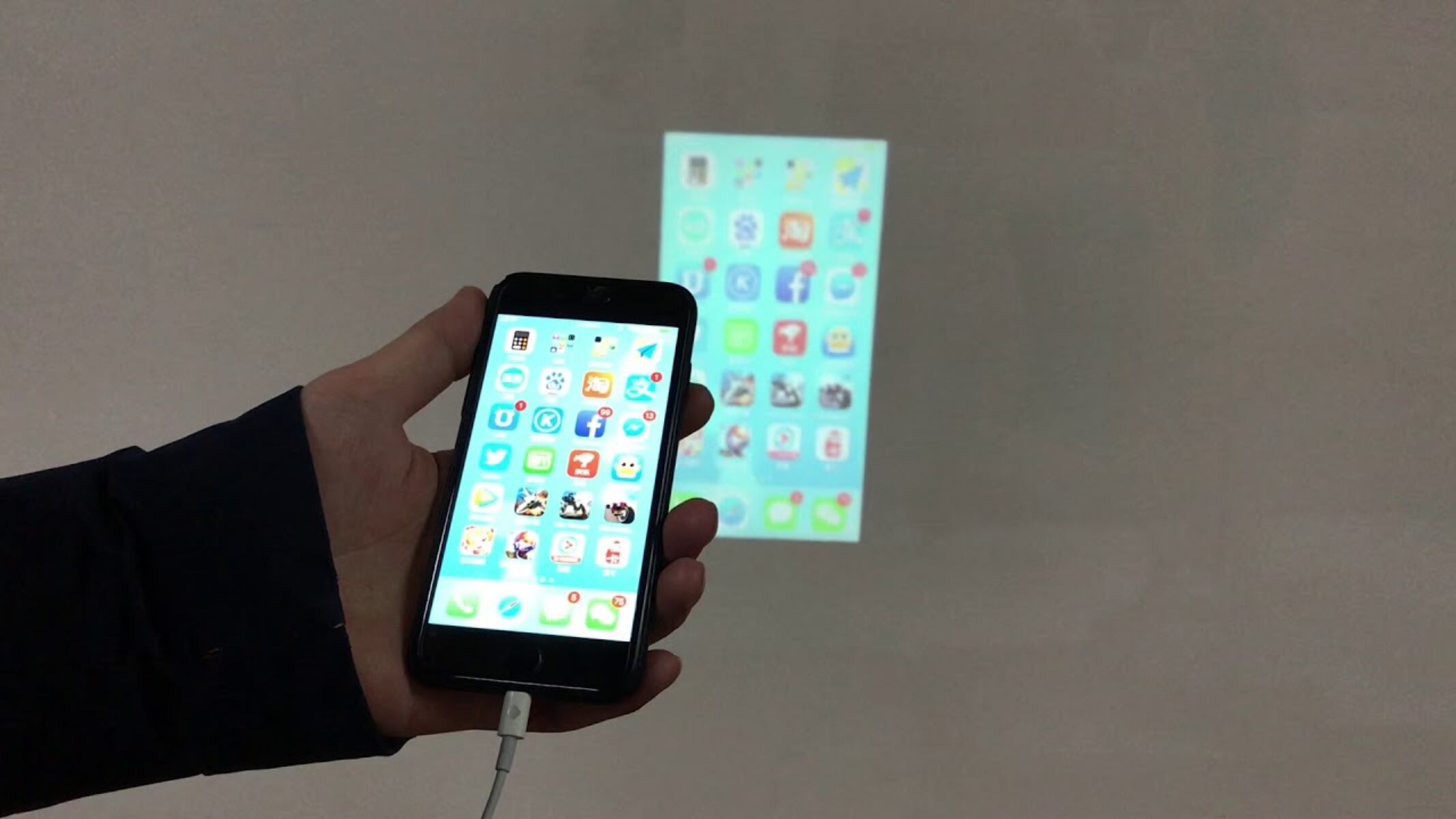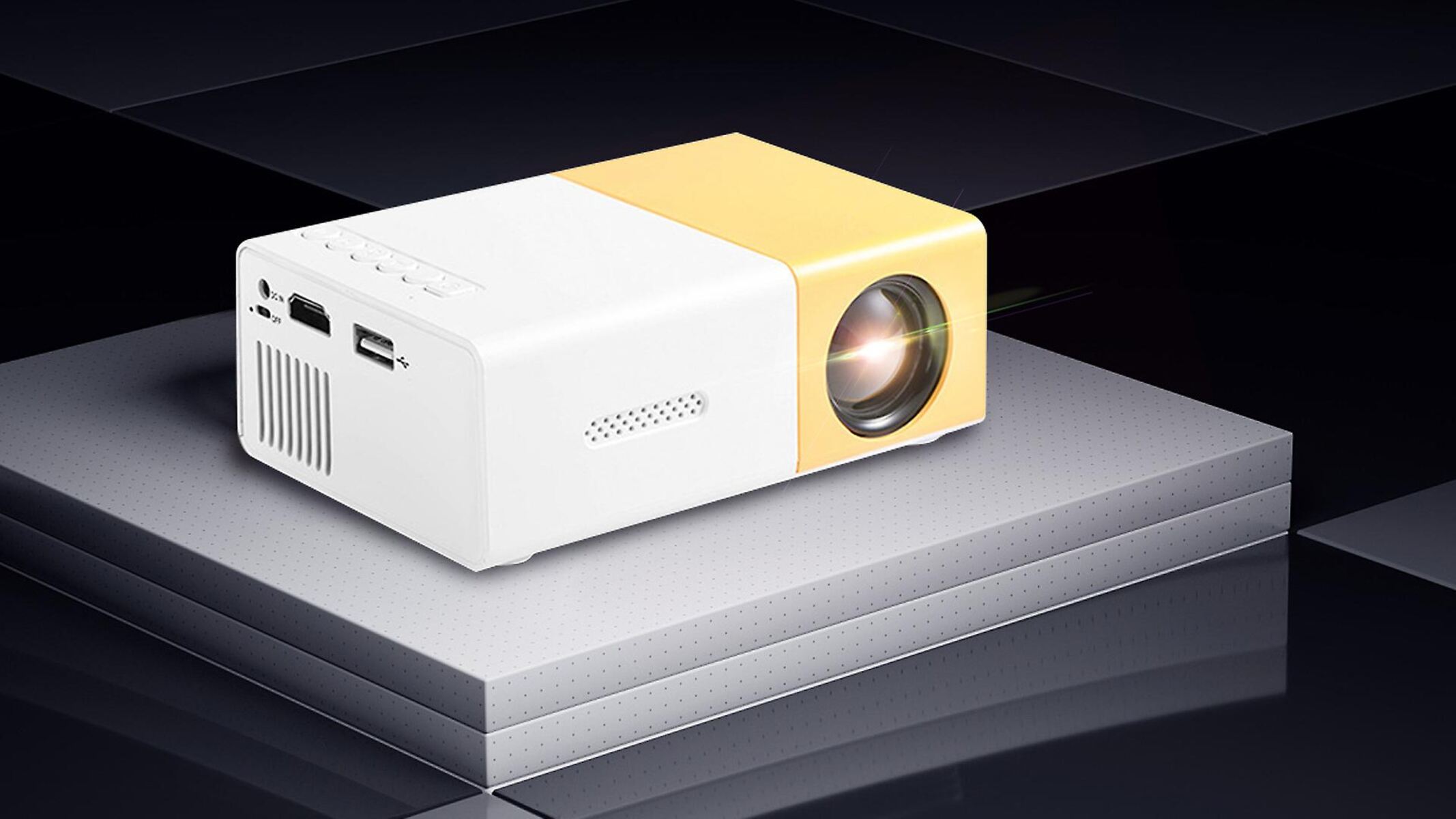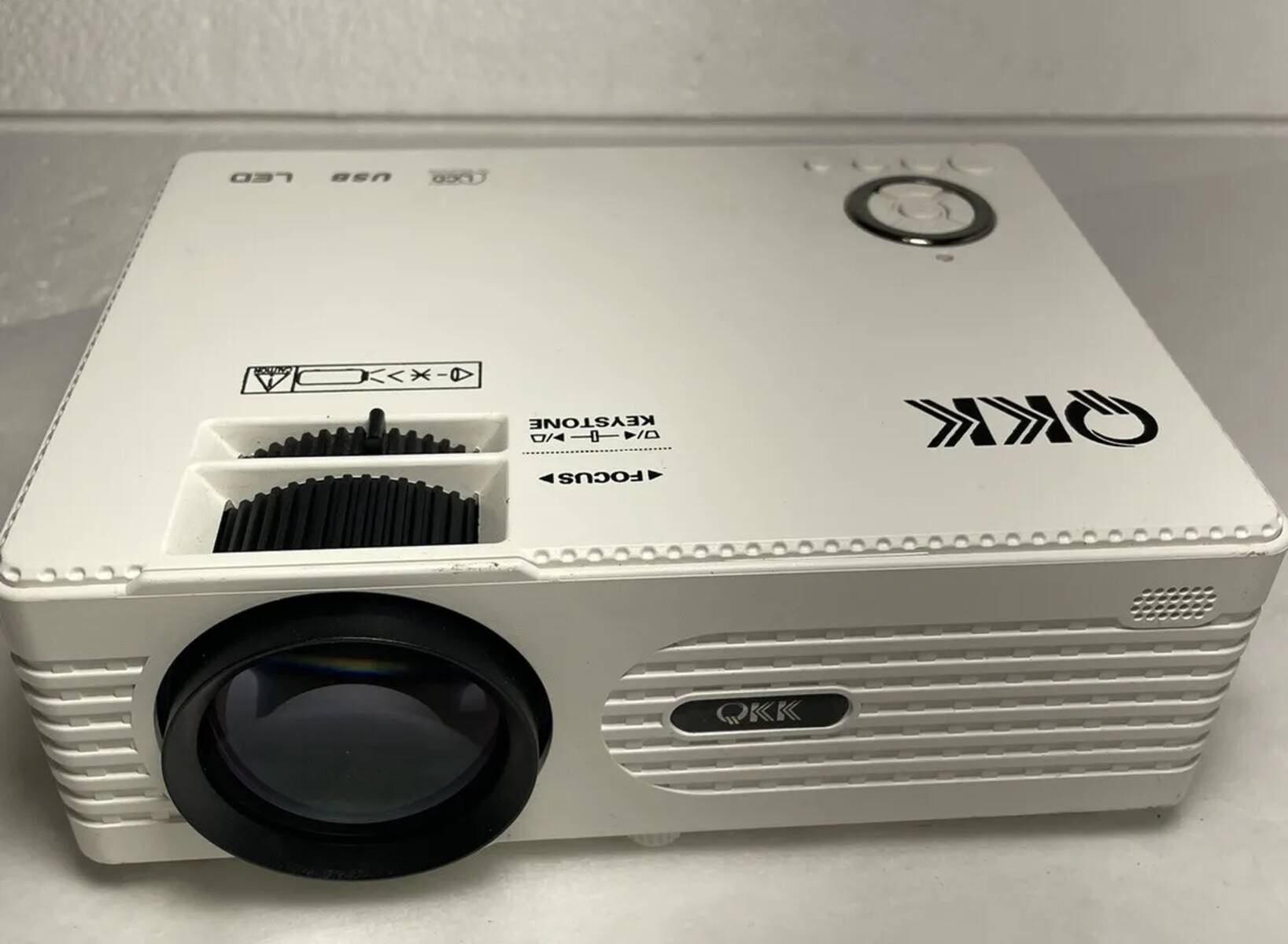Why Connect Your iPhone to a Projector?
Connecting your iPhone to a projector can open up a world of possibilities, whether you are giving a presentation, watching a movie, or sharing photos with a large audience. By mirroring your iPhone’s screen onto a bigger display, you can enjoy a more immersive and engaging experience. Here are a few reasons why you might want to connect your iPhone to a projector:
- Presentation purposes: If you are a professional who frequently gives presentations, connecting your iPhone to a projector allows you to deliver your presentations with greater impact. You can showcase your slides, videos, and other multimedia content on a larger screen, making it easier for your audience to see and understand.
- Entertainment: Connecting your iPhone to a projector can transform your living room into a mini home theater. You can stream movies or TV shows from apps like Netflix or Hulu and enjoy them on a big screen with superior image quality. It’s perfect for movie nights, sports events, or gaming sessions with friends and family.
- Collaborative work: If you need to collaborate with colleagues or work on a group project, connecting your iPhone to a projector allows everyone to view and contribute to the content simultaneously. It’s great for brainstorming sessions, analyzing data, or sharing design concepts.
- Educational purposes: Students and educators can benefit from connecting an iPhone to a projector. Teachers can deliver interactive lessons using educational apps or display multimedia content to enhance learning experiences. Students can also showcase their work or presentations to the class.
Regardless of why you want to connect your iPhone to a projector, having the right equipment and knowing the proper connection methods will ensure a seamless and high-quality experience. In the next sections, we will explore the different ways you can connect your iPhone to a projector and provide step-by-step instructions to help you get started.
Getting the Right Equipment
Before you connect your iPhone to a projector, it’s essential to ensure that you have the necessary equipment. The type of equipment you need will depend on the available ports on your iPhone and the inputs on the projector. Here are the key pieces of equipment you may need:
- HDMI cable: If your iPhone and the projector both have an HDMI port, you can use a standard HDMI cable to connect them. This method provides the highest quality video and audio transmission. Make sure to get a cable that matches the HDMI version supported by your devices.
- VGA cable: If the projector has a VGA input and your iPhone has a Lightning port, you will need a Lightning to VGA adapter. This adapter converts the digital signal from your iPhone to an analog signal that can be transmitted through a VGA cable.
- Lightning to HDMI adapter: If your projector supports HDMI but your iPhone has a Lightning port, you will need a Lightning to HDMI adapter. This adapter allows you to connect your iPhone to the projector using an HDMI cable.
- Wireless adapter or receiver: Some projectors support wireless connectivity, allowing you to connect your iPhone without any cables. In this case, you may need a wireless adapter or receiver that is compatible with both your iPhone and the projector. These adapters usually connect to the projector’s HDMI or VGA port and establish a wireless connection with your iPhone.
It’s important to check the specifications of your iPhone and the projector to ensure compatibility with the selected equipment. Additionally, make sure to purchase high-quality cables and adapters from reputable brands to ensure a stable and reliable connection.
Now that you understand the various equipment options, let’s move on to the next section, where we will explore the different methods of connecting your iPhone to a projector.
Connecting via HDMI
Connecting your iPhone to a projector via HDMI is one of the simplest and most common methods. This method provides the highest quality audio and video transmission. Here’s how you can do it:
- Check if both your iPhone and the projector have an HDMI port. If they do, you will need an HDMI cable.
- Connect one end of the HDMI cable to the HDMI port on the projector.
- Connect the other end of the HDMI cable to an HDMI adapter that is compatible with your iPhone’s port.
- Plug the HDMI adapter into your iPhone’s charging port.
- Turn on your projector and select the appropriate HDMI input source.
- On your iPhone, go to “Settings” and select “Display & Brightness.”
- Tap on “Screen Mirroring” and select the name of your projector from the list of available devices.
- Your iPhone’s screen should now be mirrored on the projector. You can enjoy your content on the big screen!
Keep in mind that some projectors may require additional settings adjustments for the best display. These settings can usually be found in the projector’s menu. Refer to the user manual of your projector for specific instructions.
Connecting your iPhone to a projector via HDMI is ideal for delivering presentations, streaming movies, or sharing photos and videos with a larger audience. The HDMI connection provides a reliable and high-quality transmission, ensuring a seamless viewing experience.
Next, we will explore another connection method – connecting your iPhone to a projector via VGA cable. This method is commonly used when the projector doesn’t have an HDMI port.
Connecting via VGA
If your projector doesn’t have an HDMI port but has a VGA input, you can connect your iPhone using a Lightning to VGA adapter. This method allows you to transmit the video and audio signals from your iPhone to the projector through a VGA cable. Here’s how you can connect your iPhone to a projector via VGA:
- Ensure that your iPhone has a Lightning port. If not, you will need an appropriate adapter to connect to the VGA cable.
- Connect one end of the VGA cable to the VGA input on the projector.
- Connect the other end of the VGA cable to the VGA adapter.
- Plug the VGA adapter into your iPhone’s Lightning port.
- Turn on your projector and select the VGA input source.
- On your iPhone, go to “Settings” and select “Display & Brightness.”
- Tap on “Screen Mirroring” and select the name of your projector from the list of available devices.
- Your iPhone’s screen should now be mirrored on the projector, allowing you to share your content on a larger screen.
It’s worth noting that VGA connections transmit analog signals, so the audio will need a separate connection. You can connect external speakers to your projector or use Bluetooth speakers to ensure audio playback.
Connecting your iPhone to a projector via VGA is a reliable method, especially when HDMI is not available. VGA connections are commonly used in educational environments, conferences, and older projector models that lack HDMI ports.
Next, we will explore another connection method – connecting your iPhone to a projector via a Lightning to VGA adapter.
Connecting via Lightning to VGA Adapter
If your iPhone has a Lightning port but the projector only has a VGA input, you can connect the two using a Lightning to VGA adapter. This adapter allows you to convert the digital signal from your iPhone to an analog signal that can be transmitted through a VGA cable. Here’s how you can connect your iPhone to a projector using a Lightning to VGA adapter:
- Ensure that your iPhone has a Lightning port.
- Connect one end of the VGA cable to the VGA input on the projector.
- Connect the Lightning to VGA adapter to your iPhone’s Lightning port.
- Connect the other end of the VGA cable to the VGA port on the adapter.
- Turn on your projector and select the VGA input source.
- On your iPhone, go to “Settings” and select “Display & Brightness.”
- Tap on “Screen Mirroring” and select the name of your projector from the list of available devices.
- Your iPhone’s screen should now be mirrored on the projector, allowing you to share your content on a larger screen.
When connecting via Lightning to VGA adapter, keep in mind that audio is not transmitted through the VGA cable. You will need to connect external speakers to your projector or use Bluetooth speakers for audio playback.
This method is useful when your projector only supports VGA input and you want to connect your iPhone to it. The Lightning to VGA adapter provides a convenient way to connect your iPhone to older projectors or displays that do not have HDMI compatibility.
Next, we will explore a wireless connection method that allows you to connect your iPhone to a projector without the use of any cables.
Connecting via Wireless Technology
Wireless connectivity offers a convenient way to connect your iPhone to a projector without the need for cables. Some projectors support wireless connections, allowing you to seamlessly mirror your iPhone’s screen onto the larger display. Here are the steps to connect your iPhone to a projector via wireless technology:
- Ensure that both your iPhone and the projector support wireless connectivity.
- On your projector, enable the wireless projection mode and ensure it’s connected to the same Wi-Fi network as your iPhone.
- On your iPhone, go to “Settings” and select “Wi-Fi.”
- Connect to the same Wi-Fi network as the projector.
- Open the control center on your iPhone by swiping down from the top right corner (For iPhones with iOS 14 or later) or swiping up from the bottom (For iPhones with iOS 13 or earlier).
- Tap on the “Screen Mirroring” or “AirPlay” icon to see the list of available devices.
- Select the name of your projector from the list.
- Your iPhone’s screen should now be wirelessly mirrored on the projector, allowing you to display your content on the big screen.
Wireless connections eliminate the need for cables and offer flexibility in positioning your iPhone and the projector. It’s a convenient option for situations where you want to move around during a presentation or when cables are not readily available.
Keep in mind that the availability of wireless connectivity may vary among projectors, and some older models may not support this feature. Additionally, ensure that your Wi-Fi network has a stable connection to avoid any interruptions during screen mirroring.
Now that you have learned how to connect your iPhone to a projector via various methods, it’s important to understand how to adjust the display settings for the best viewing experience.
Adjusting the Display Settings
Once you have successfully connected your iPhone to a projector, you may need to adjust the display settings to optimize the viewing experience. Here are a few key settings to consider:
- Screen Mirroring or Extended Display: Depending on your preference and the purpose of your presentation, you can choose between mirroring your iPhone’s screen or extending the display. Mirroring duplicates your iPhone’s screen onto the projector, while extending the display allows you to use the projector as a secondary display. You can adjust this setting in the “Display & Brightness” section of your iPhone’s settings.
- Screen Resolution: Some projectors support different screen resolutions. If the quality of the projected image is not optimal, go into the settings of your projector and adjust the screen resolution to match your iPhone’s display resolution. This will ensure a clear and sharp image.
- Aspect Ratio: The aspect ratio of your iPhone’s screen may differ from that of the projector. Adjusting the aspect ratio will ensure that the content is displayed correctly and without distortion. You can usually find the aspect ratio settings on the projector or in the display settings of your iPhone.
- Brightness and Contrast: Depending on the lighting conditions in the room, you may need to adjust the brightness and contrast settings of the projector to achieve optimal visibility. Most projectors have dedicated settings for brightness and contrast that can be accessed from the projector’s menu.
- Orientation and Rotation: If you need to change the orientation of the display, such as rotating it to landscape or portrait mode, you can do so by adjusting the screen rotation settings on your iPhone or through the settings menu of the projector.
Take some time to experiment with these settings to find the perfect configuration for your presentation or entertainment needs. It’s important to ensure that the projected image is clear, well-aligned, and visible to everyone in the audience.
In the next section, we will discuss some common issues that you may encounter when connecting your iPhone to a projector and provide troubleshooting tips to help you resolve them.
Troubleshooting Common Issues
While connecting your iPhone to a projector is usually a straightforward process, you may encounter some common issues along the way. Here are a few troubleshooting tips to help you overcome these issues:
- No signal or display: If you’re not seeing any signal or display on the projector, double-check that all cables and adapters are securely connected. Ensure that your projector is set to the correct input source, and make sure that your iPhone’s screen mirroring or AirPlay is turned on.
- Poor video quality: If the projected video quality is poor, check the HDMI or VGA cable for any damage or try using a different cable. Ensure that the cables are connected securely. Additionally, adjust the screen resolution settings on your iPhone and the projector to match each other.
- No audio: If you’re not getting any audio through the projector, make sure that the audio settings on your iPhone are configured to output audio to the projector. If necessary, connect external speakers directly to the projector for audio playback.
- Intermittent connection: If the connection between your iPhone and the projector keeps dropping or becomes unstable, ensure that both devices are in close proximity to the Wi-Fi router if using wireless connectivity. If using cables, check for any loose connections and try using high-quality cables and adapters.
- Incompatible adapters: In case an adapter is not working or recognized by your iPhone or projector, ensure that the adapter is compatible with your specific iPhone model and the input ports of the projector. Consider using adapters from reputable brands that support the required connections.
- Software compatibility issues: Occasionally, software compatibility issues may arise between your iPhone and the projector. Ensure that both devices have the latest software updates installed. If the issue persists, check for any compatibility recommendations or troubleshooting tips from the projector manufacturer.
If you’ve tried troubleshooting these common issues and are still experiencing difficulties, refer to the user manuals or contact the technical support of your iPhone and projector for further assistance. They will be able to provide device-specific guidance and resolve any compatibility or technical issues that may arise.
Now that you’re familiar with the troubleshooting tips, you’re ready to connect your iPhone to a projector with confidence. In the next section, we’ll briefly recap the key points discussed throughout this article.
Conclusion
Connecting your iPhone to a projector opens up a world of possibilities for presentations, entertainment, collaboration, and education. By following the appropriate connection methods and adjusting the display settings, you can enjoy a seamless and immersive experience on the big screen.
In this article, we explored several methods for connecting your iPhone to a projector, including HDMI, VGA, Lightning to VGA adapter, and wireless technology. Each method offers its own advantages and suitability depending on the available ports and preferences.
It’s important to ensure that you have the right equipment, such as HDMI cables, VGA cables, adapters, or wireless receivers, based on the specific requirements of your iPhone and the projector. High-quality cables and adapters are recommended to ensure a stable and reliable connection.
Once connected, adjusting the display settings, such as screen mirroring, resolution, aspect ratio, and brightness, allows you to optimize the viewing experience and ensure clear and vibrant projections.
If you encounter any common issues, such as no signal, poor video quality, or audio problems, following the troubleshooting tips mentioned in this article will guide you in resolving these problems and achieving a successful connection.
Whether you are delivering a professional presentation, enjoying movies with friends and family, collaborating on projects, or enhancing your educational experience, connecting your iPhone to a projector enhances the impact and facilitates content sharing on a larger scale.
Now that you have a comprehensive understanding of connecting your iPhone to a projector, it’s time to gather the necessary equipment, choose the appropriate method, and start enjoying the benefits of projecting your iPhone’s content onto a bigger screen.







